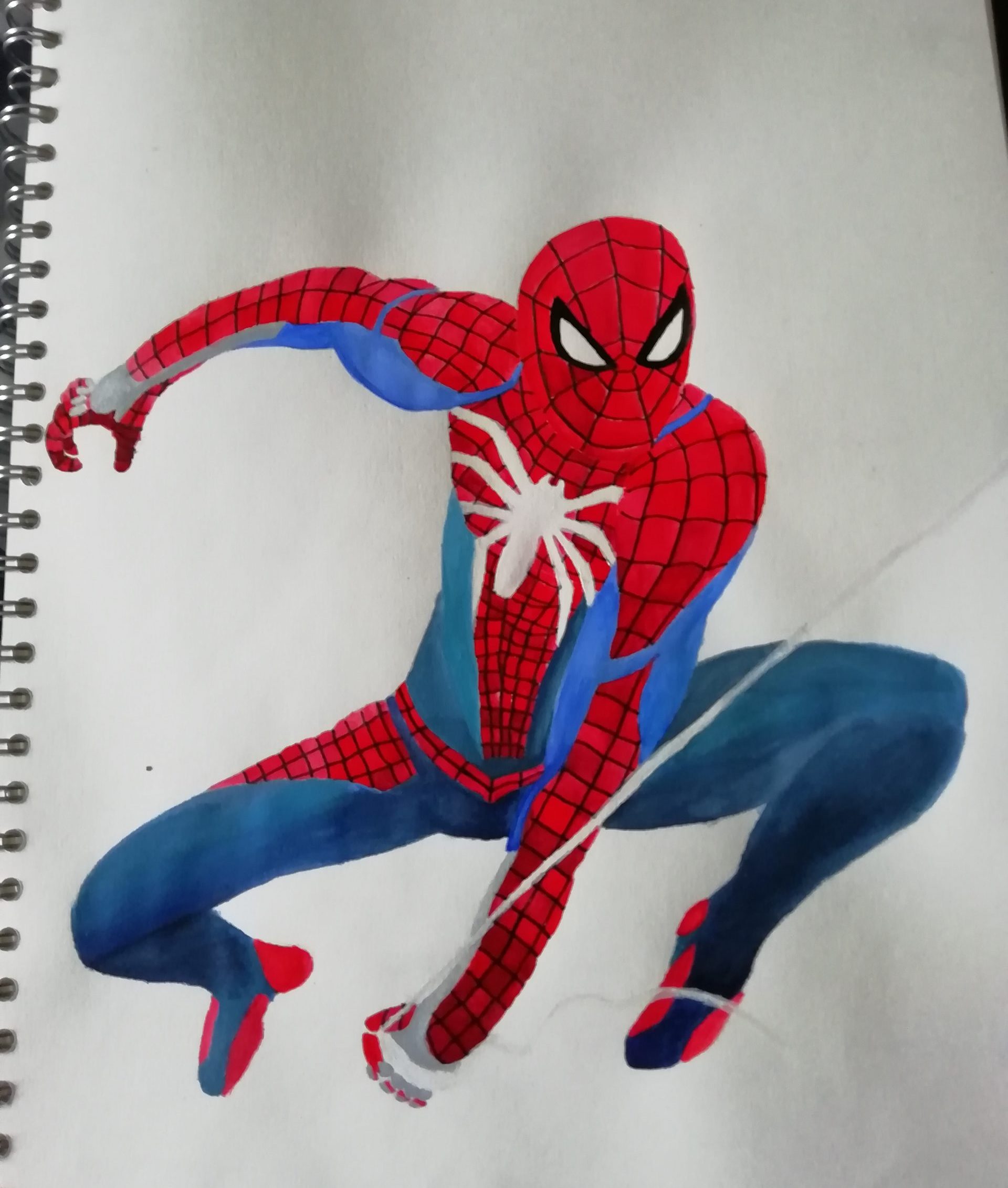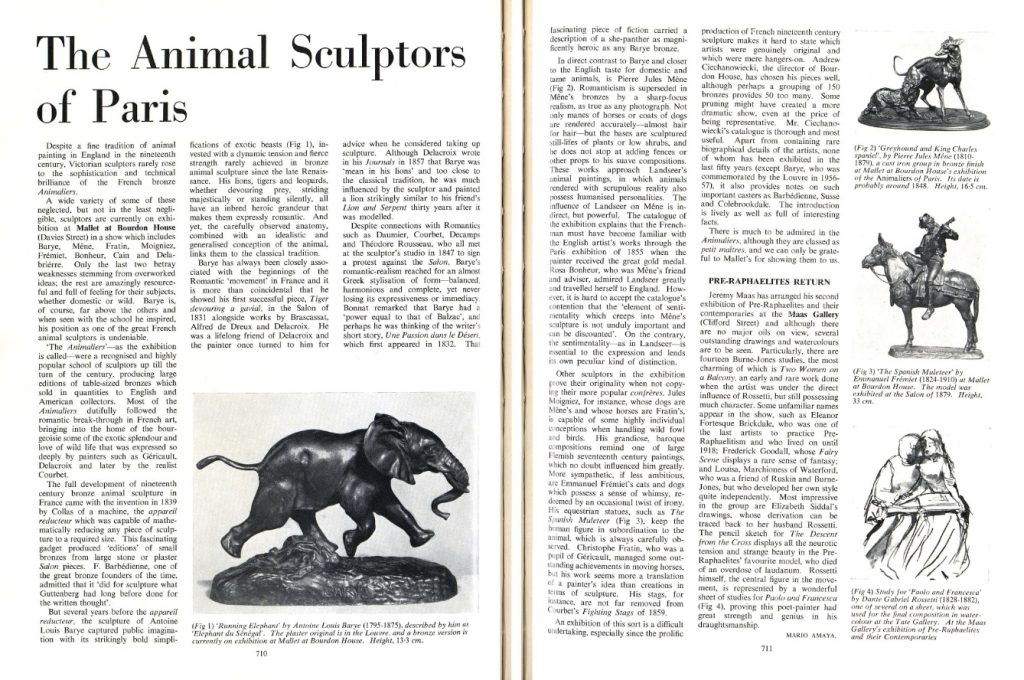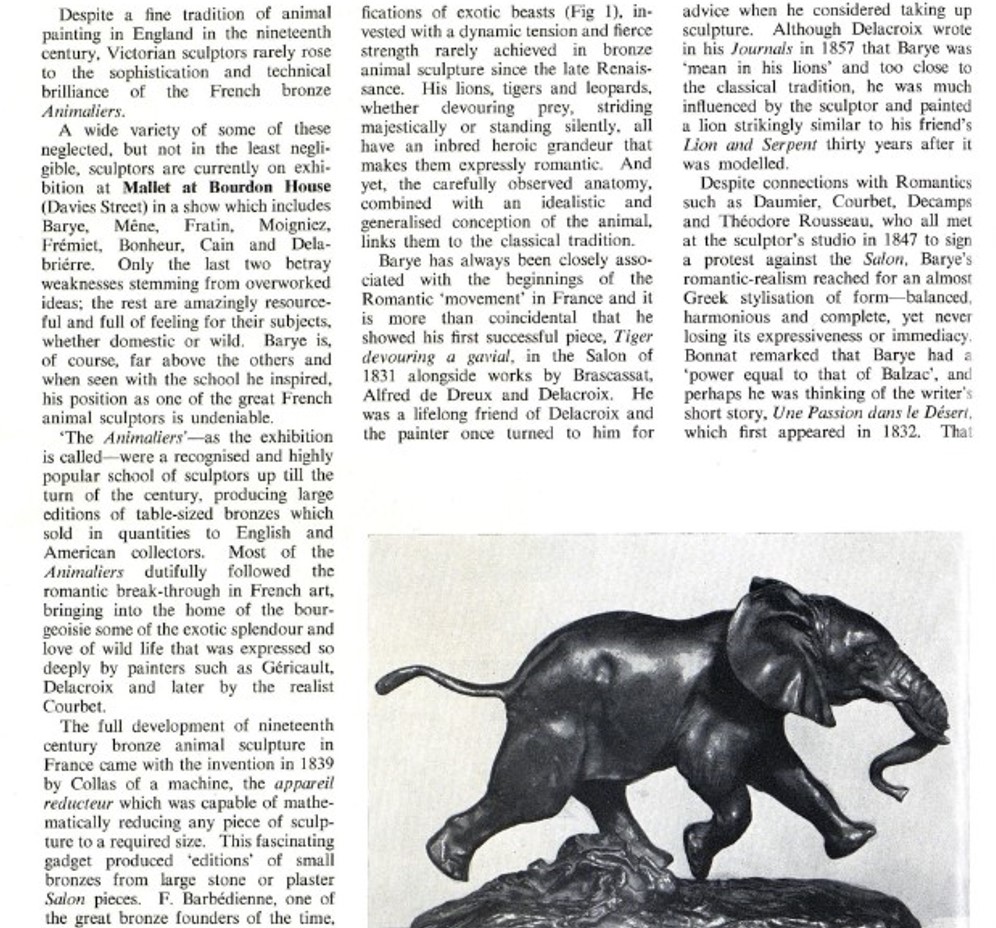Forwarding my research to this final article that tells the motivation of the Denmark Exhibition theme’ We Walk the Earth, which is shown at Venice, Italy the northern city’s region of the country mostly lined within Renaissance and Gothic influences. At Venice’s exhibition on 23rd April 2022 “The Commissioners” of the Danish arts foundation helped to organize the show’s national demonstration of oversight in every section of the studio-rooms followed by the show’s “Curator” Jacob Lillemose making preparations of placing each model that are to help maintain separate spaces between us and artworks and the “Exhibitor” Uffe Isolotto who had experimented into mixed DNAs of Greek-Mythological arts including centaurs.
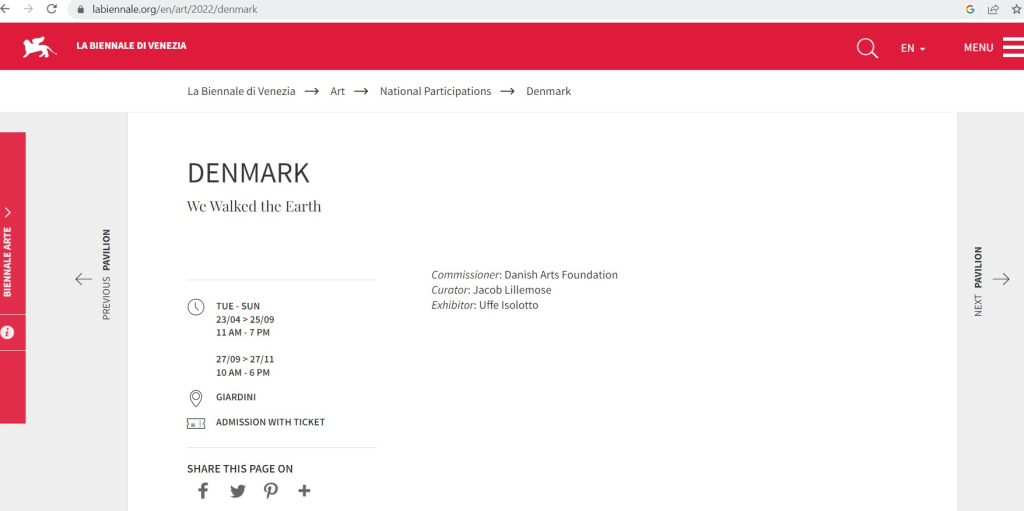

Looking at the Exhibition’s Description to explain on Venice’s Biennale Danish pavilion’s motive in Greek inspiration of mixed centaur DNA:
Stepping into a reflected source of performance demonstrations if used in my last year’s sound-effects of “Nocturnal-Beasts” it used to adapt with forest environment.
Meant to step into a hyperrealistic world of unexpected drama, setting in a hybrid time period were elements from the historical past of Danish farm life blended with unfamiliar phenomena from sci-fi future of a trans-human world like traveling back to Ancient-Greece next to centaur DNA and drama revolves around a family of three.
However no ordinary family, in which to be obvious from the moment we’ve enter their home, encountering the inhabitants as if are walking in the studio rooms containing almost all belongings. But who is this family, what has happened to them and in the world of what we live in?
It’s not so obvious, whole setting by Uffe Isolotto who is haunted by a deep uncertainty. It’s impossible to tell the difference of tragic or hopeful, perhaps it is both?
Does the family embody the complex and unsettling experience of going forward in today’s radically changing world? if so, the more general question becomes, do seek refuge theories in what we were or do we look for escape routes in what we might become.
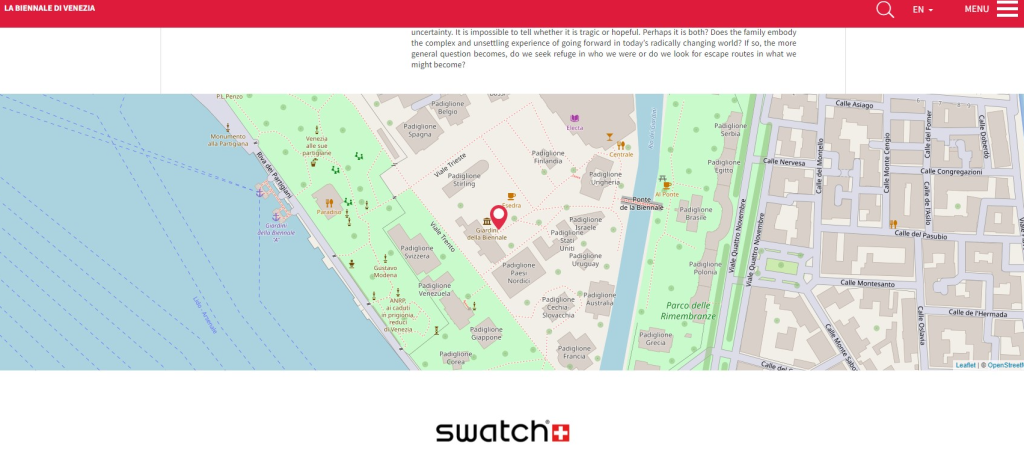
Since not attending the actual trip to Venice, but I can view on where the exhibition would take place at the southern part of Venice at the Viale Trieste district. Which I zoomed in the city map to get to know the site to visit online of Giardini Della Biennale gallery.
